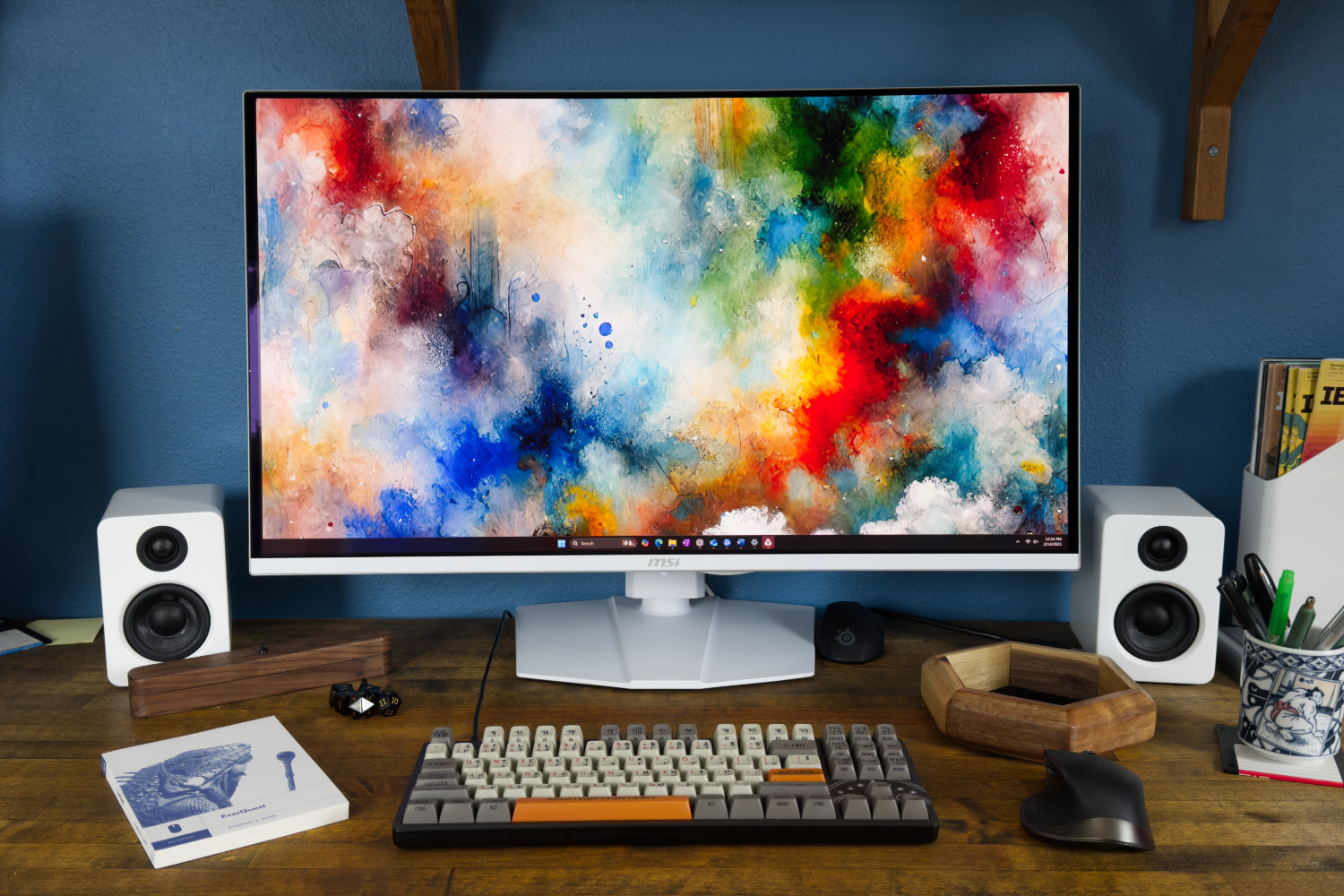
OLED Monitors: Burn-In Concerns Put to the Test
Introduction
The vibrant colors and pristine contrast of OLED displays have captivated gamers and content creators alike. However, concerns over burn-in, a permanent etching of images onto the screen, have held some PC users back from embracing this technology for daily use.
To address these worries, YouTuber Monitors Unboxed embarked on a year-long experiment to evaluate the burn-in risk on the latest QD-OLED monitors.
The Torture Test
Monitors Unboxed subjected the MSI MPG 321URX, a 32-inch 4K QD-OLED monitor, to a grueling test designed to maximize burn-in potential.
The monitor was used for 60 hours per week, totaling approximately 3,000 hours after a year. Content was mostly static, consisting of writing and web browsing, with minimal gaming or video playback.
Brightness was set to 200 nits, Windows 11 was used in light mode with a dark taskbar, and the screen was set to sleep after 2 hours of inactivity. Pixel refresh cycles were performed once per day, half the recommended frequency for this model.
Results
After three months, faint burn-in was visible across the display. More noticeable burn-in appeared at the six-month mark, but less than expected at nine months.
After a year of testing, the only noticeable effects were:
- Slight burn-in on blue and green subpixels
- A band where the dark taskbar was located
- A faint line down the center of the screen
Mitigation Measures
Monitors Unboxed emphasized that burn-in on OLED panels is cumulative. Once damage occurs, it cannot be reversed. However, there are several software compensations and features that can help mitigate burn-in:
- Rapid display sleep: Suspends the display when not in use.
- Pixel refresh cycles: Periodically shift pixels to reduce the risk of burn-in.
- Automatic brightness adjustment: Reduces screen brightness when possible.
Practical Implications
The results of this torture test suggest that OLED monitors can be used for regular work tasks without significant burn-in concerns within the first two to two and a half years, especially if used in a mixed activity setting and proper mitigation tools are employed.
Burn-in is typically not visible during normal use. However, it may become apparent when displaying static images for extended periods or when using extreme brightness settings.
Warranty Coverage
To address burn-in concerns, MSI and other high-end OLED monitor vendors offer a 3-year warranty specifically for burn-in damage.
Conclusion
The findings from Monitors Unboxed’s year-long torture test provide valuable insights into the longevity and practicality of OLED monitors for daily use. While burn-in remains a potential issue, proper usage habits and the use of mitigation features can significantly reduce the risk.
For users who are primarily concerned with image retention, IPS-LCD monitors may still be a safer choice. However, those who prioritize the unparalleled color accuracy and contrast of OLED technology can have peace of mind with a 3-year warranty against burn-in and the knowledge that moderate use and proper care can extend the lifespan of their OLED display.
